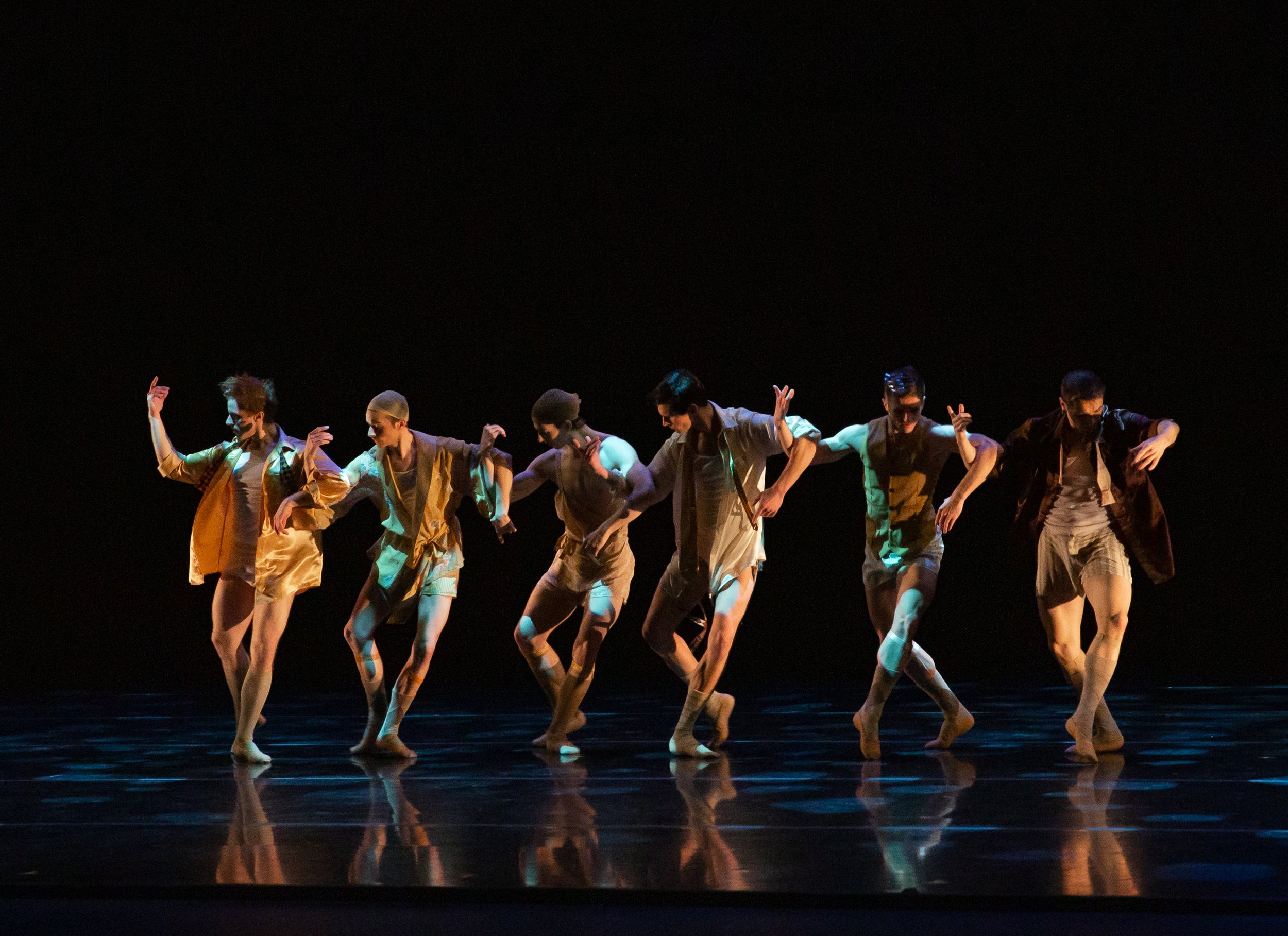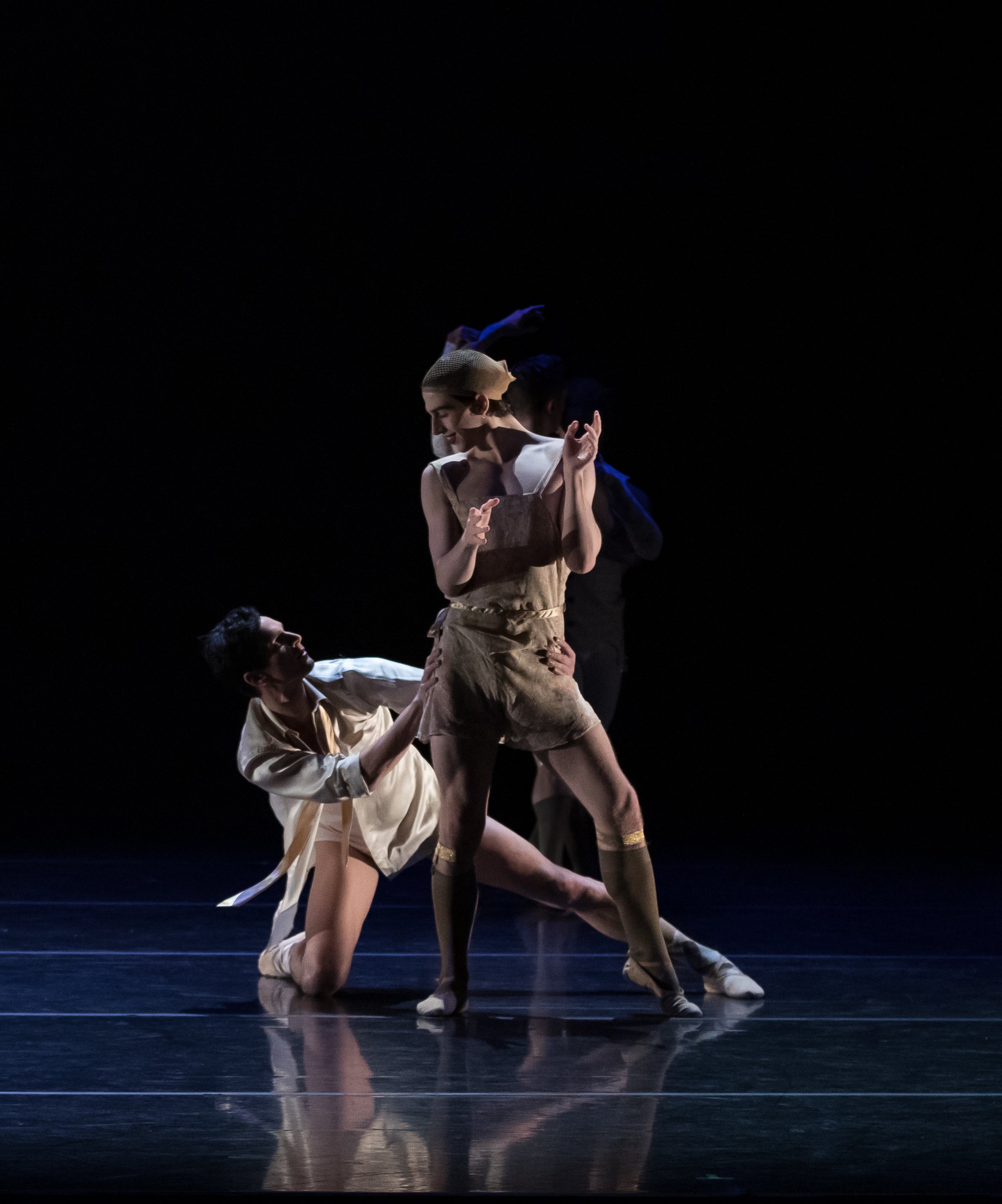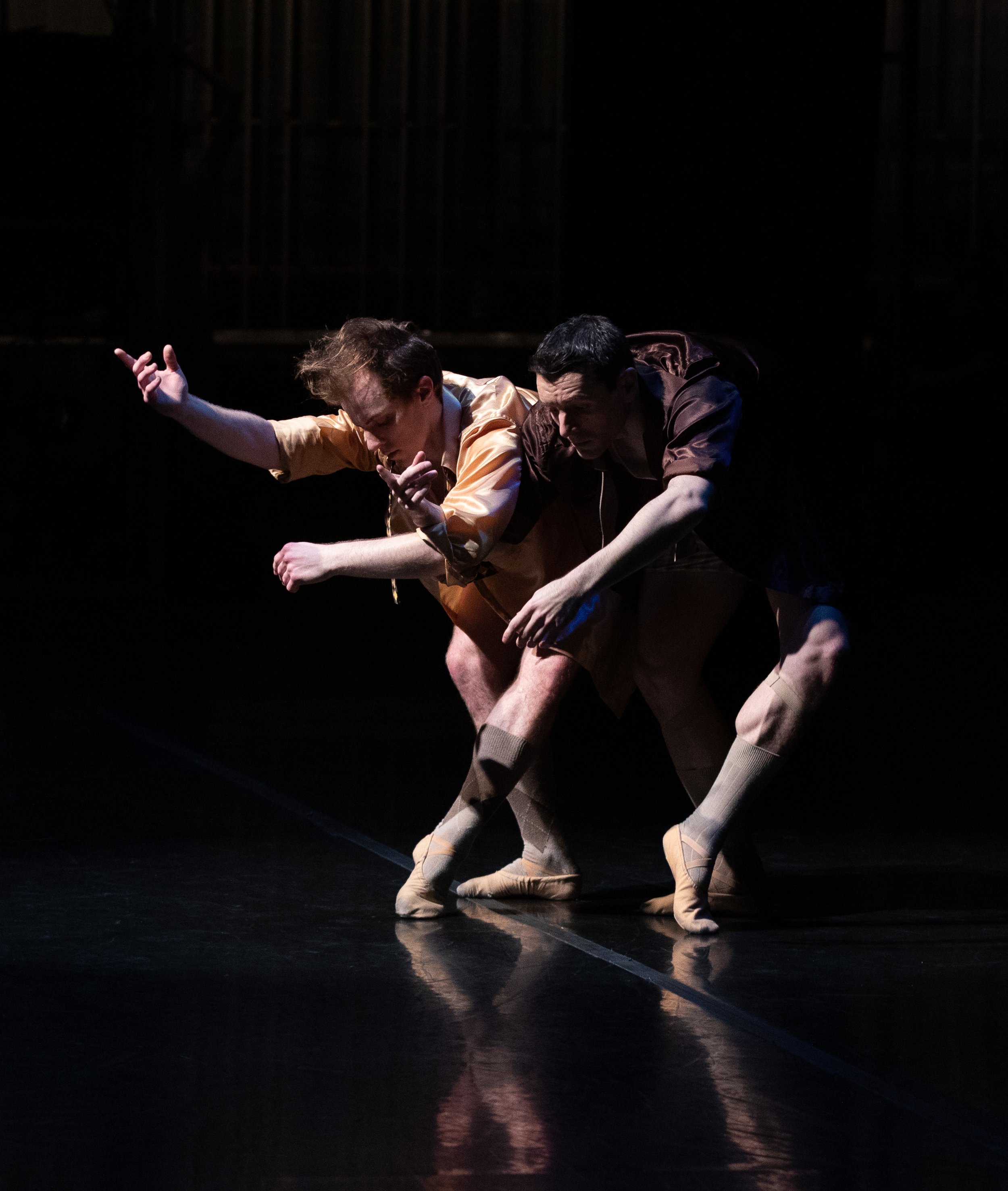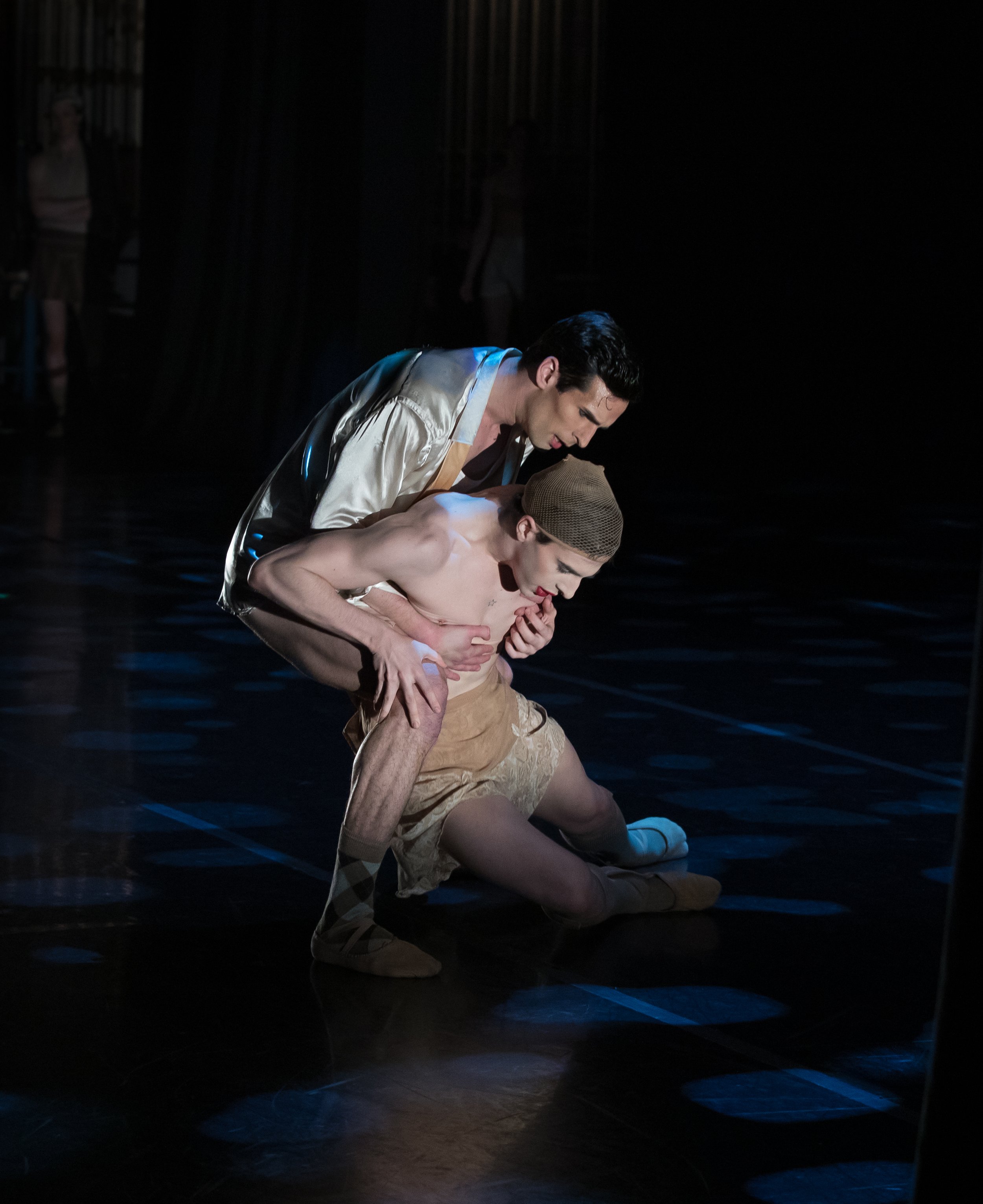Private Balls // Nashville Ballet




"Perhaps by and bye I may observe that private balls are much pleasanter than public ones" Jane Austen
Inspired by the photography of Robert Mapplethorpe and his images of emotional and erotic intimacy between men, this all-male ballet remembers the AIDS crisis and is a homage to all those who only wanted to dance.
Private Balls loosely adapts Edgar Allan Poe’s short story, “The Masque of the Red Death,” exploring how it can be read to represent queer temporality and futurity after the AIDS crisis.
Music: various Romantic and post-Romantic piano works
Pianist: Alessandra Volpi
Design: Billy Ditty
Photographed by Heather Thorne
Carlos Pons Guerra on making Private Balls
“The dancing revellers in Poe’s “The Masque of the Red Death” (1842) demonstrate that queer time is not just identifiable in its opposition to the reproductive rites of normativity, but also as “an outcome of strange temporalities, imaginative life schedules and eccentric economic practices” (Halberstam 1). In choosing, whilst the world outside Poe’s “castellated abbey” perishes from the plague, to ignore the raging pestilence and enter into a masque of perpetual celebration, Prince Prospero and his eccentric entourage are making a temporal choice: to live in, and celebrate, the now, a choice that Halberstam believes to be particularly queer and brought about by the mortality of the AIDS crisis: “the constantly diminishing future creates a new emphasis on the here, the present, the now, and while the threat of the future hovers overhead like a cloud, the urgency of being also expands the potential of the moment” (2).
Whilst in the western chamber, with its “blood-tinted panes” that were “ghastly in the extreme” stands a “gigantic clock of ebony” with its “dull, heavy, monotonous clang” that makes “the giddiest grow pale” temporarily and functions as a constant reminder of inexorable mortality, the text is also full of colour and “buffoons… improvisatori, ballet-dancers”; there were “…musicians, there was Beauty, there was wine. All these and security were within.” The Prince and the revellers are making very specific spatial and temporal choices: to live in camp excess in a continuous waltz, until death enters the palace. This was a choice taken by many in the late twentieth century, by “those gay communities whose horizons of possibility [had] been severely diminished by the AIDS epidemic” (Halberstam 2). Whilst Poe’s text seems to illustrate a very common queer reality, we cannot avoid the tragic consequences of the story, nor can we disregard historical criticism of the revellers as irresponsible and decadent. Such critique has often fallen on queer folx such as AIDS victims, ravers, substance abusers or sex workers, whose conflicts with futurity- due to multiple factors such as disease or social alienation- lead to choices of shorter life schedules. Negative judgement of the story’s revellers, who choose to dance through the horror of mortality, apparently careless, equates with what Halberstam considers homophobic judgement of shorter temporalities as “immature and even dangerous” (5). In this way, just like the stories by Hawthorne and Irving, Poe not only expresses the potential for temporalities that escape normativity, but also the hegemonic judgement and discrimination that exists against those who dance to different time signatures.”
Carlos Pons Guerra, extract from The Unspeakable Queerness of the 19th Century American Short Story